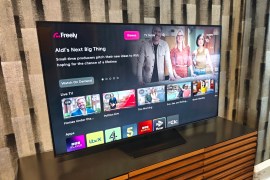LG C4 OLED 42in review: the small OLED TV to beat
Proves you don't have to super size for a near-perfect picture
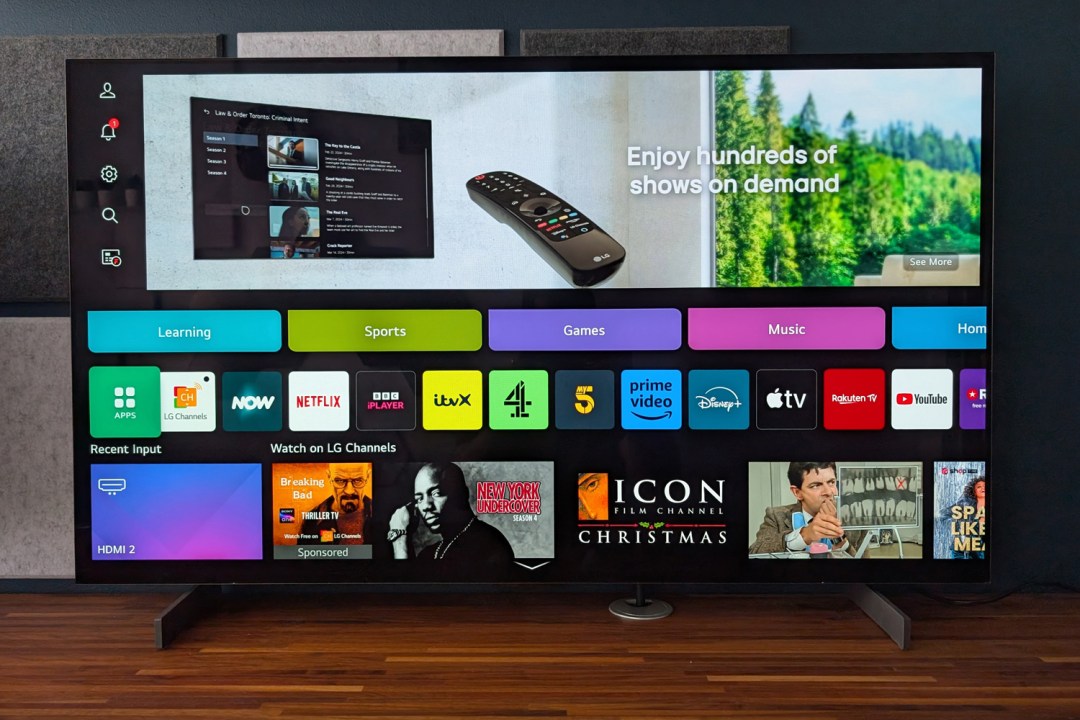
Stuff Verdict
Another outstanding OLED from the class leader. Few rivals are as well-rounded as the LG C4 – or offer as many different size options.
Pros
- Brighter, sharper picture raises the bar for LG’s mainstream OLED panel
- Superb connectivity that’s great for gaming
- Comprehensive, easy to use smart TV system
Cons
- Misses out on G4’s MLA panel tech
- Not the last word in colour or shadow detail
Introduction
LG has been an OLED panel pioneer for well over a decade now. There was a point where pretty much all of the best 4K TVs with OLED tech used LG panels, whether they wore an LG badge or not. There’s a lot more competition in 2024, but the firm can still be relied on to produce stunning sets. The LG C4 sits smack bang in the middle of the line-up, below the top-tier G4 and above the value-minded B4.
It brings a brighter panel and new generation image processor to better compete with QLED and mini-LED rivals, while the familiar WebOS smart TV system has been given a fresh lick of paint. Pricing was a little more competitive at launch, possibly in light of more competition – and retailer discounts were quick off the mark, too.
As ever, there’s a generous range of screen sizes to choose from. I’ve been testing the 42in version; is there enough here to make it the de facto small OLED choice?
How we test TVs
Every TV reviewed on Stuff is put through its paces with a mix of film, TV and game content, using a combination of streaming services, Blu-ray and console games. We use our years of testing experience to judge picture and sound quality, ease of use, and value for money. Manufacturers have no visibility on reviews before they appear online, and we never accept payment to feature products.
Find out more about how we test and rate products.
Design & build: feet of strength
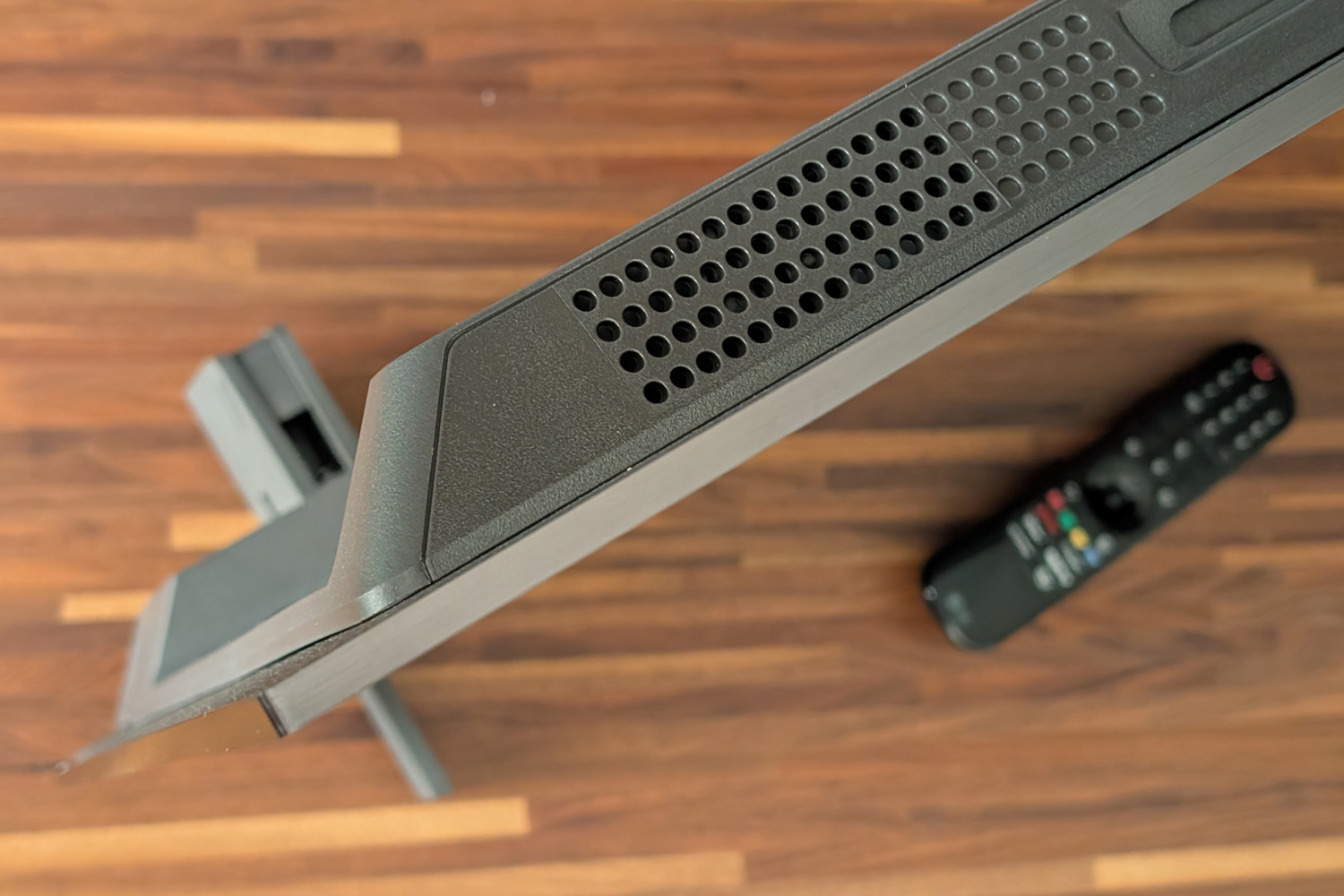
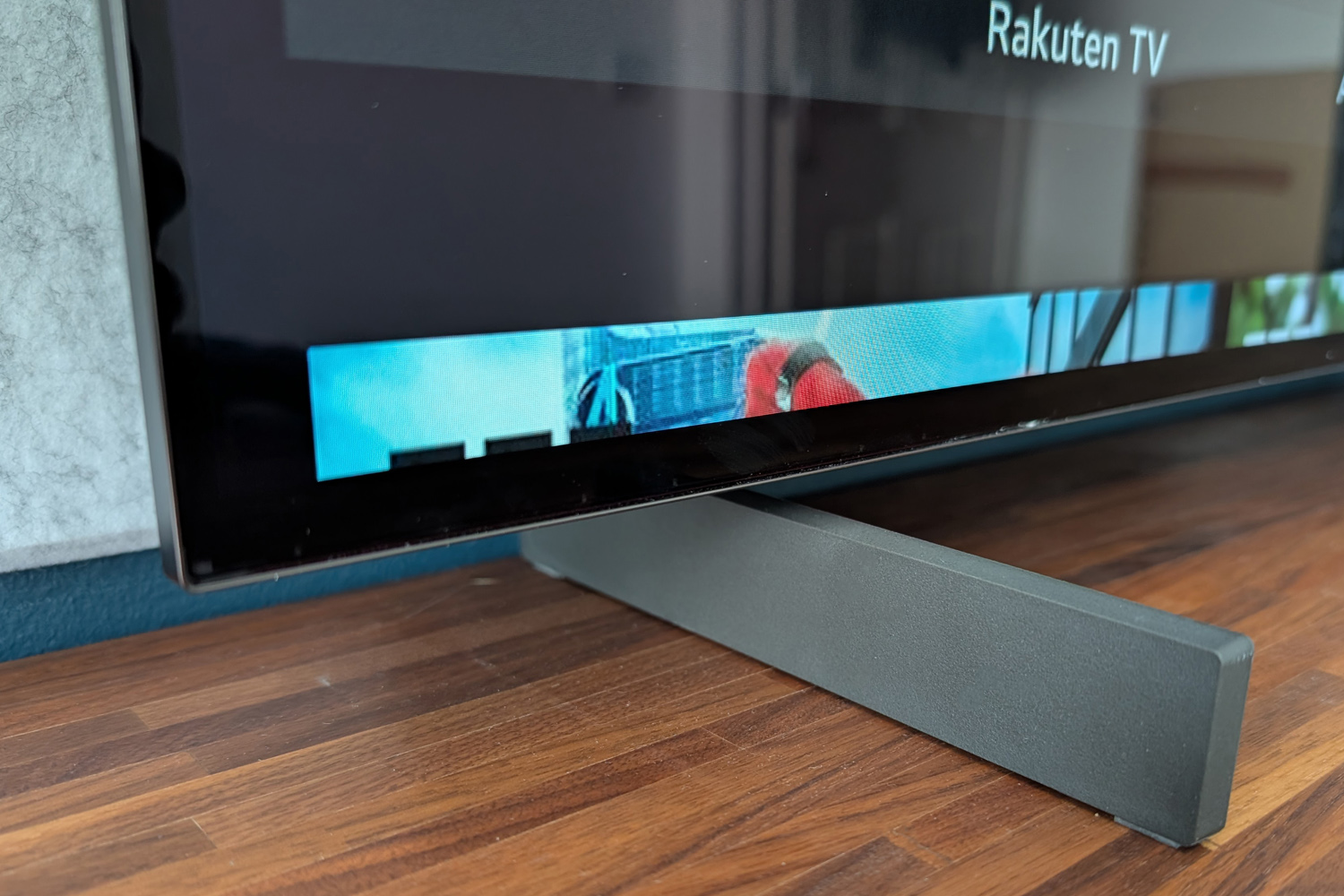
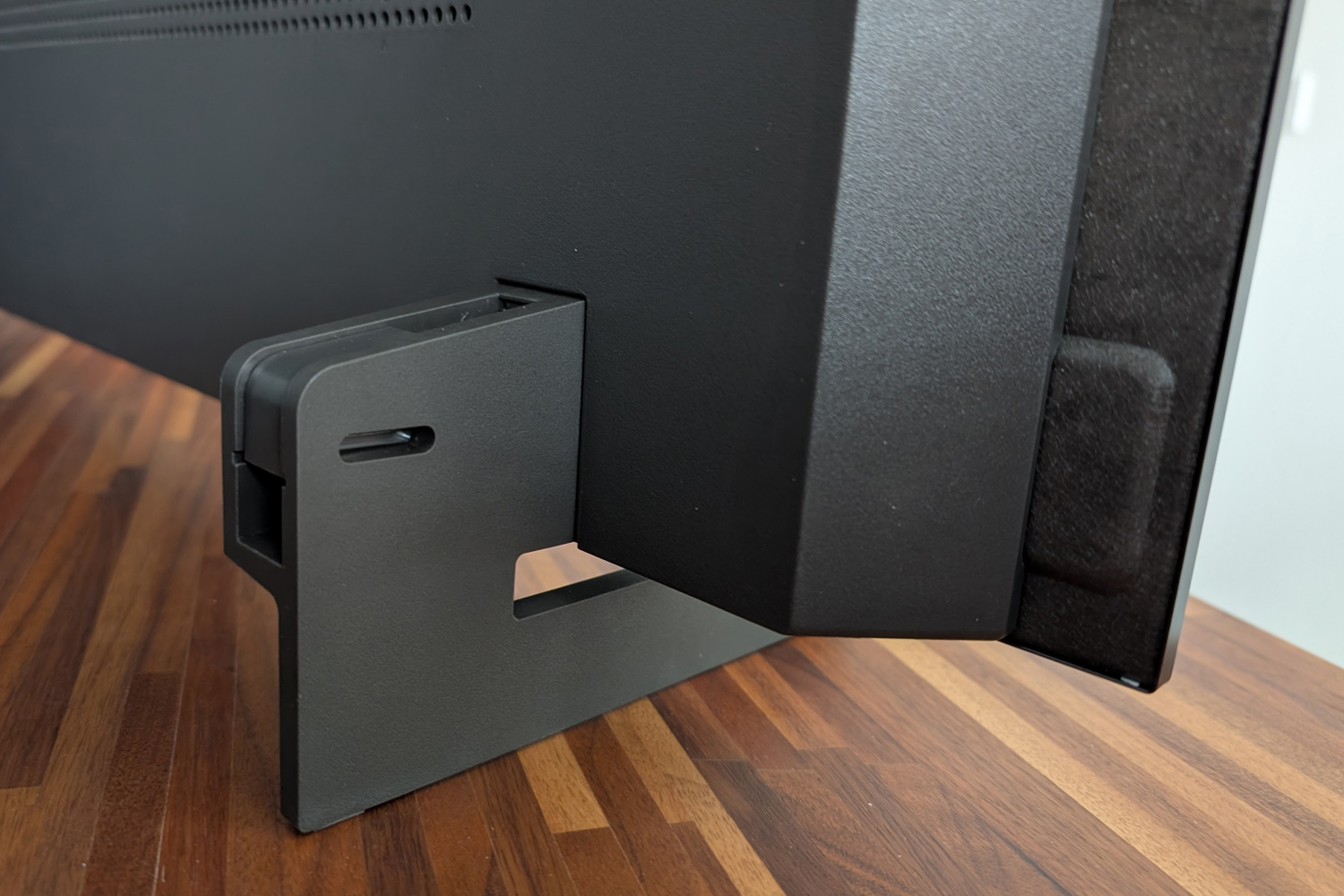
The 42in C4 isn’t a carbon copy of its bigger screen brothers. It has the same skinny brushed metal bezel, but LG has swapped the central pedestal stand (which has been a mainstay of larger C-series OLEDs for a few generations now) for two feet – one at either end. You’ll need a screwdriver to lock ’em in place, and there’s only one height option. That limits your options when it comes to a soundbar that won’t obscure the bottom of the screen.
Unsurprisingly this is a light TV, weighing in at under 10kg on its lonesome and just tipping over once you fit the feet. The solid construction means it feels a lot more rigid than other OLEDs I’ve tested, which was reassuring when getting it out of the box solo.
I can’t remember the last time I spent any time staring at a TV’s rear side, so have no strong opinions on whether the matte black finish used here is better or worse than the faux stone one seen on the larger C4 sets. While it’s a scant 6mm thick at the edges, the enclosure housing the image processing hardware, speakers and connectivity bump that up to 4cm at the centre. It’ll still sit nice and flush to a wall if you choose to mount it.
The smaller dimensions required all the ports to be bumped to the side of the set. Forget to fit the included cover and you’ll struggle to tame any connected HDMIs and USB cables, which leads to them peeking out from behind the screen; happily the clip-on cover channels them all downwards, so the C4’s clean looks aren’t compromised. That said, having the captive power cable on the other side of the set means having two sets of wires to try and hide, rather than one. It doesn’t have the longest spool of wire, either, which might limit where you can place the set.
Features: game on
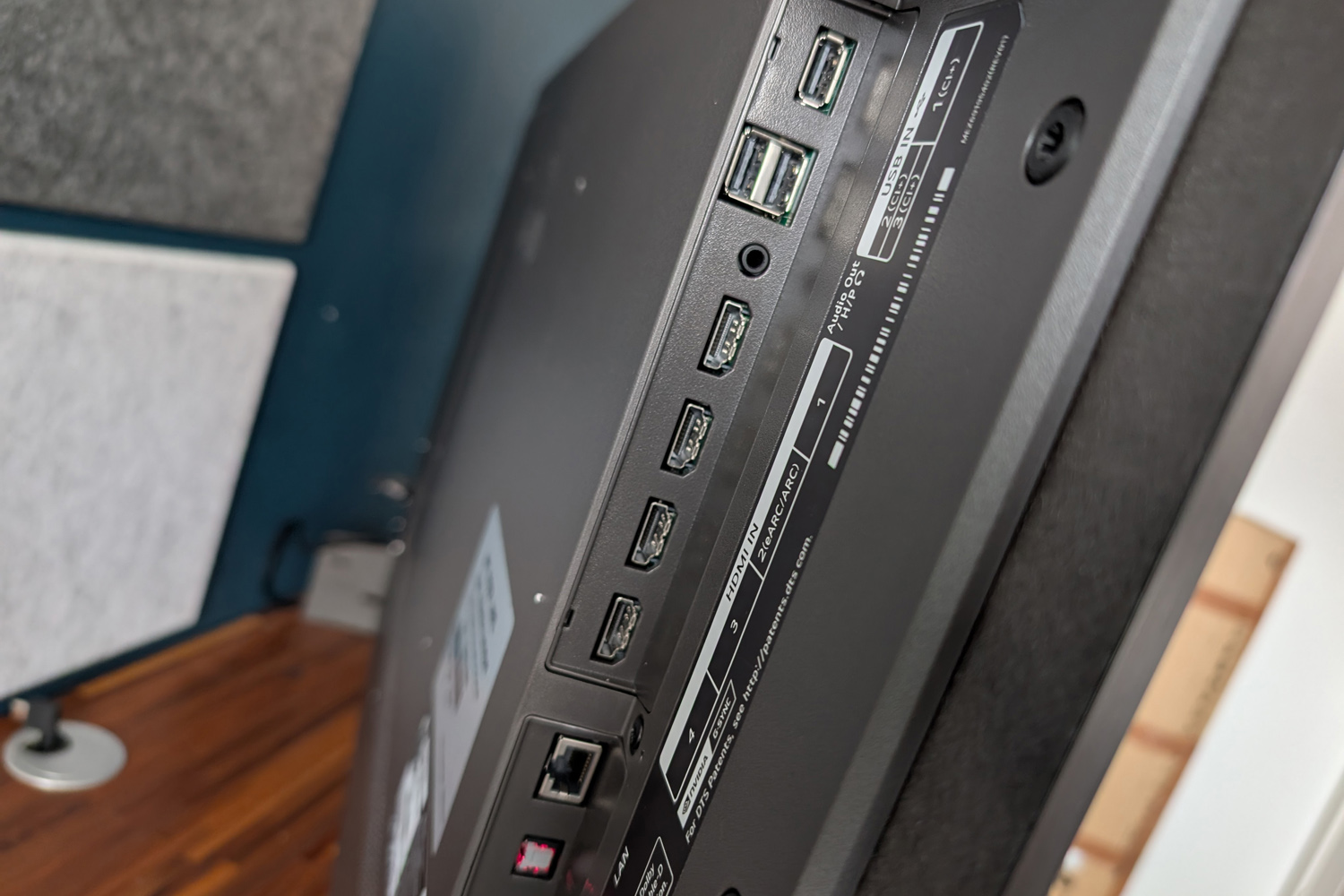
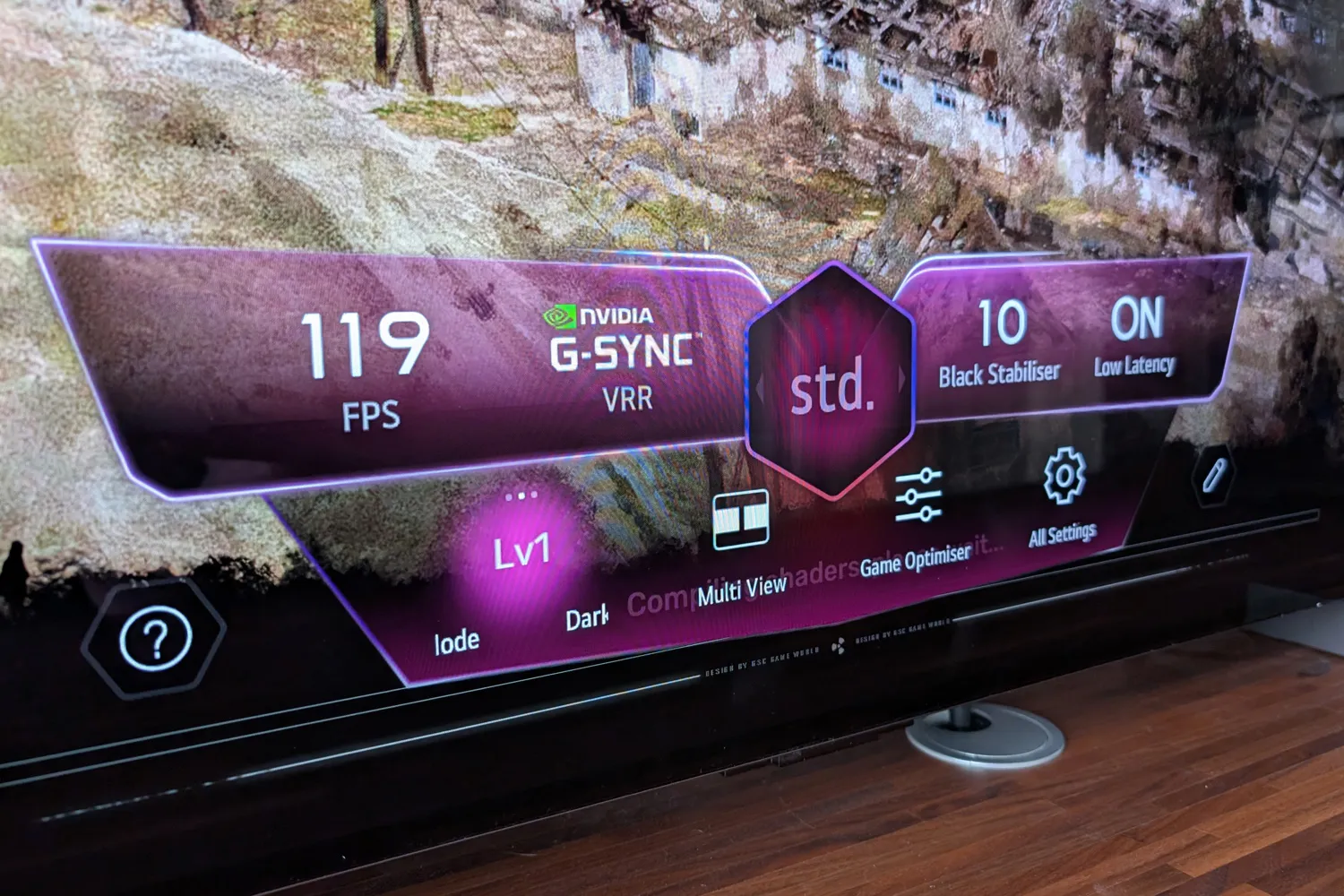
Whichever size C4 you go for, you’ll get the exact same selection of ports – and what a selection it is. All four of the HDMI inputs are version 2.1, meaning full support for 4K gaming at 120Hz (or 144Hz if your gaming PC can handle it), variable refresh rate (VRR) and auto low latency mode (ALLM). Most rivals have two at most. A trio of USB ports, digital optical audio input, a 3.5mm headphone output, Ethernet and a pair of aerial connections (one coaxial, one satellite) and a CI slot complete the set.
Only one of the HDMI ports includes eARC for hooking up a soundbar or home theatre system. You’re going to want to use it if you’re after impactful audio, as the 42in C4 makes do with a 20W, 2.0-channel speaker setup; the larger versions get a 2.2-channel system that’s more suited to movies and games. This version copes best with broadcast TV, as there’s no directionality or low-end oomph even after playing with the various audio presets.
PC gamers will appreciate Nvidia G-Sync and Freesync Premium Pro support, while Xbox Series X owners can make use of Dolby Vision Gaming. HGiG ensures you’re getting the best possible tone mapping, too. HDR support in general hasn’t changed from the last-gen model, meaning HDR10 and HLG as well as Dolby’s format – but no HDR10+. Given most of the big-name services that use HDR10+ also offer a Dolby Vision stream, that’s hardly a dealbreaker.
Long-time LG TV owners will feel right at home with the C4’s Magic Remote, which sticks with a Wii-style motion-based pointer for quickly jumping around the smart TV interface. It has enough buttons to cover the essentials without feeling overwhelming, and the scroll wheel is great for browsing through your streaming library. I don’t mind the use of glossy plastic or lack of key backlighting here, as the C4 isn’t trying to be a high-end set.
Interface: get the point
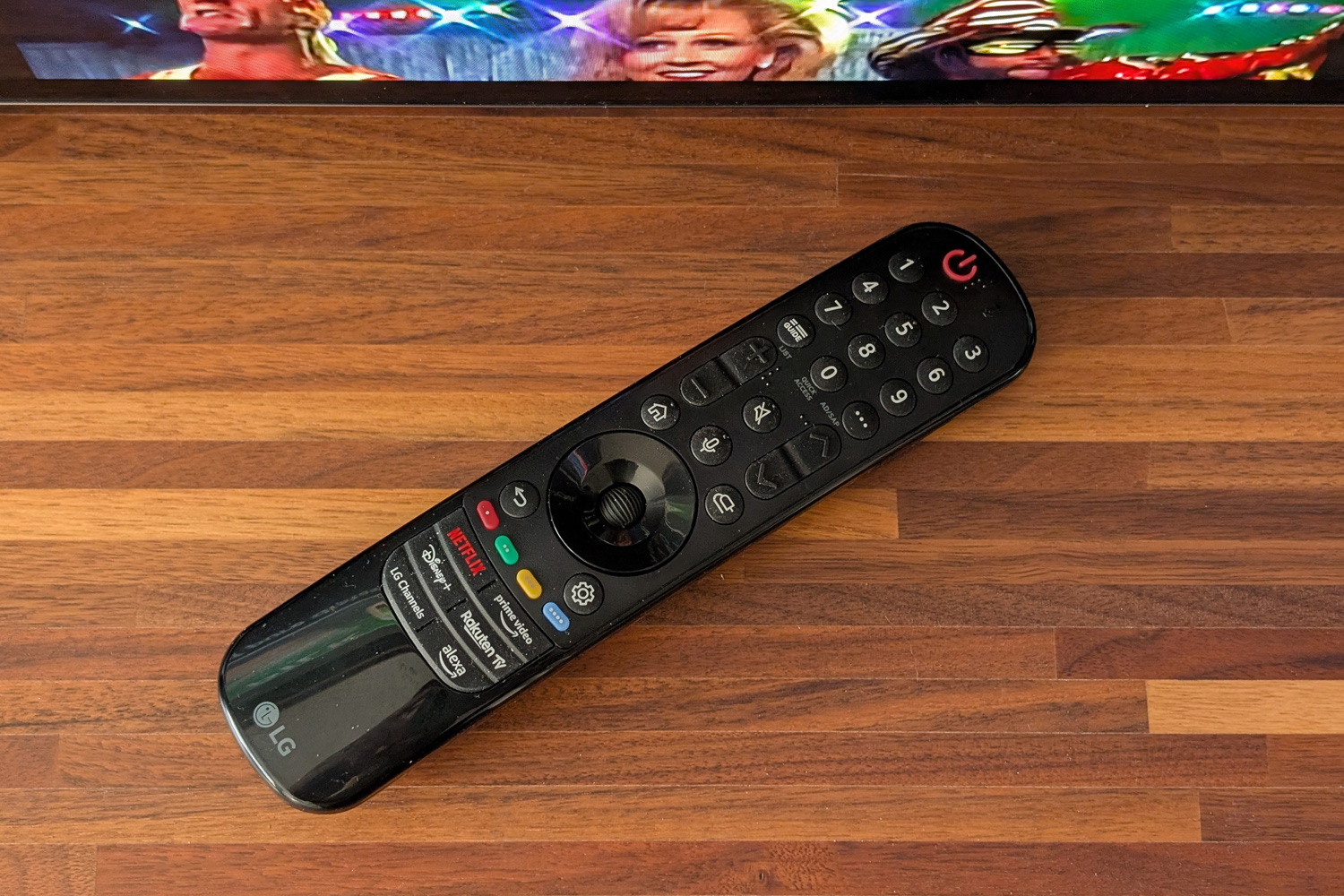
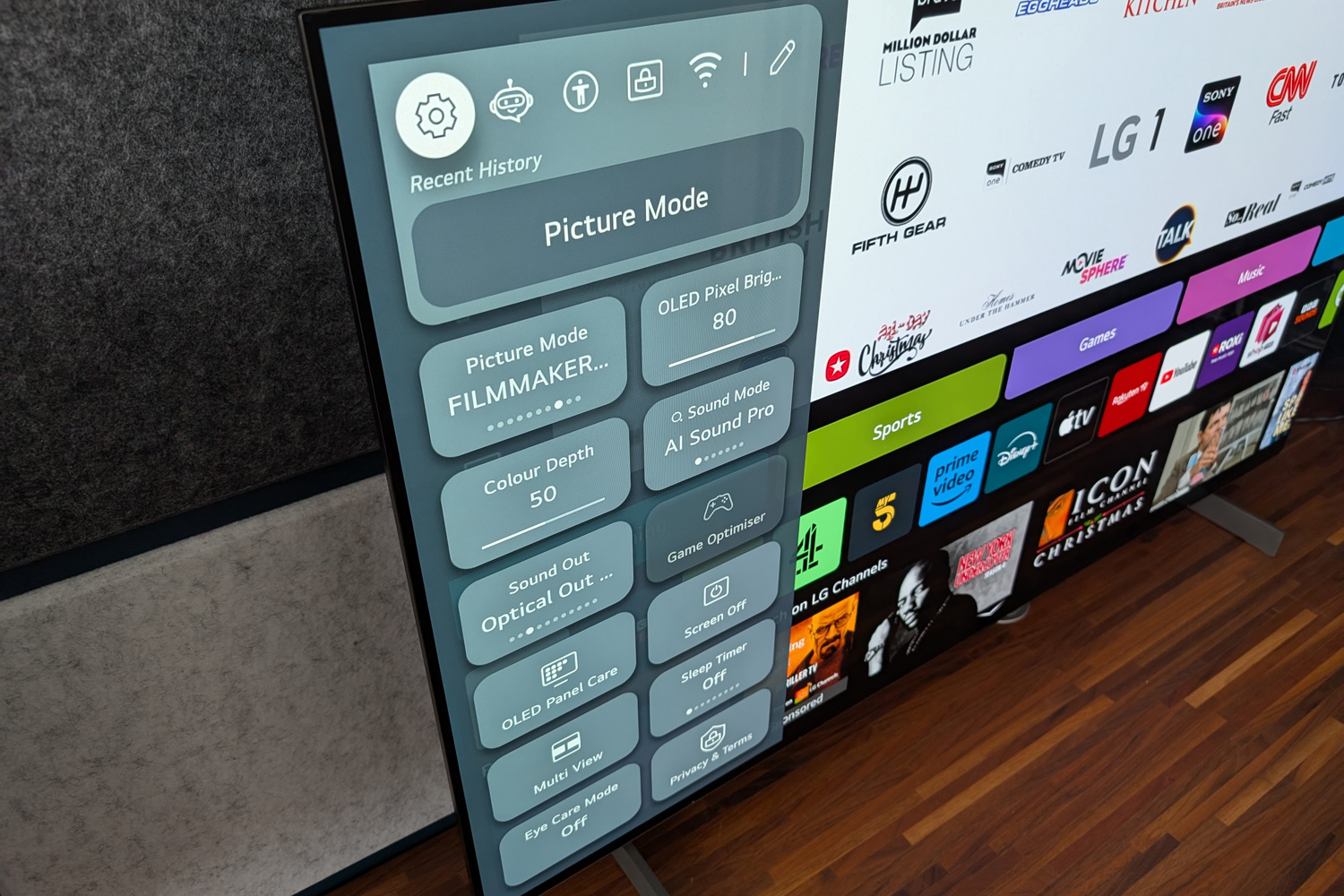
WebOS has been a staple of LG TVs for years, and the C4 brings a few minor upgrades that keep it near the front of the smart TV pack. The ‘quick cards’ that grouped particular apps and features together take up much less screen space now, freeing up a slot for personalised content recommendations without having to scroll. That said, the ad banner at the top still eats way more space than I like.
You still get a fantastic selection of apps and streaming services, including Netflix, Disney, Prime Video, Apple TV, plus the full range of catch-up services. For the UK that means BBC iPlayer, ITVX, Channel 4, My5 and Sky Now. Game streaming is on the cards, too, with Nvidia GeForce Now. All work brilliantly, opening quickly and responding to inputs instantly – not something every 2024 smart TV can claim.
As a parent I appreciate the option to password protect individual WebOS profiles now, and being able to control my Matter smart home kit through the screen is also a welcome addition. That LG now promises five years of over-the-air smart TV upgrades is a real win for long-term ownership, too.
The system-level menus are as easy to navigate as ever, with a quick settings panel letting you dive straight into the most frequently used controls like picture mode and Game Optimiser. The latter kicks in whenever you switch inputs to a console or PC, putting features like a black level booster and dark room mode in easy reach.
Performance: the best gets better
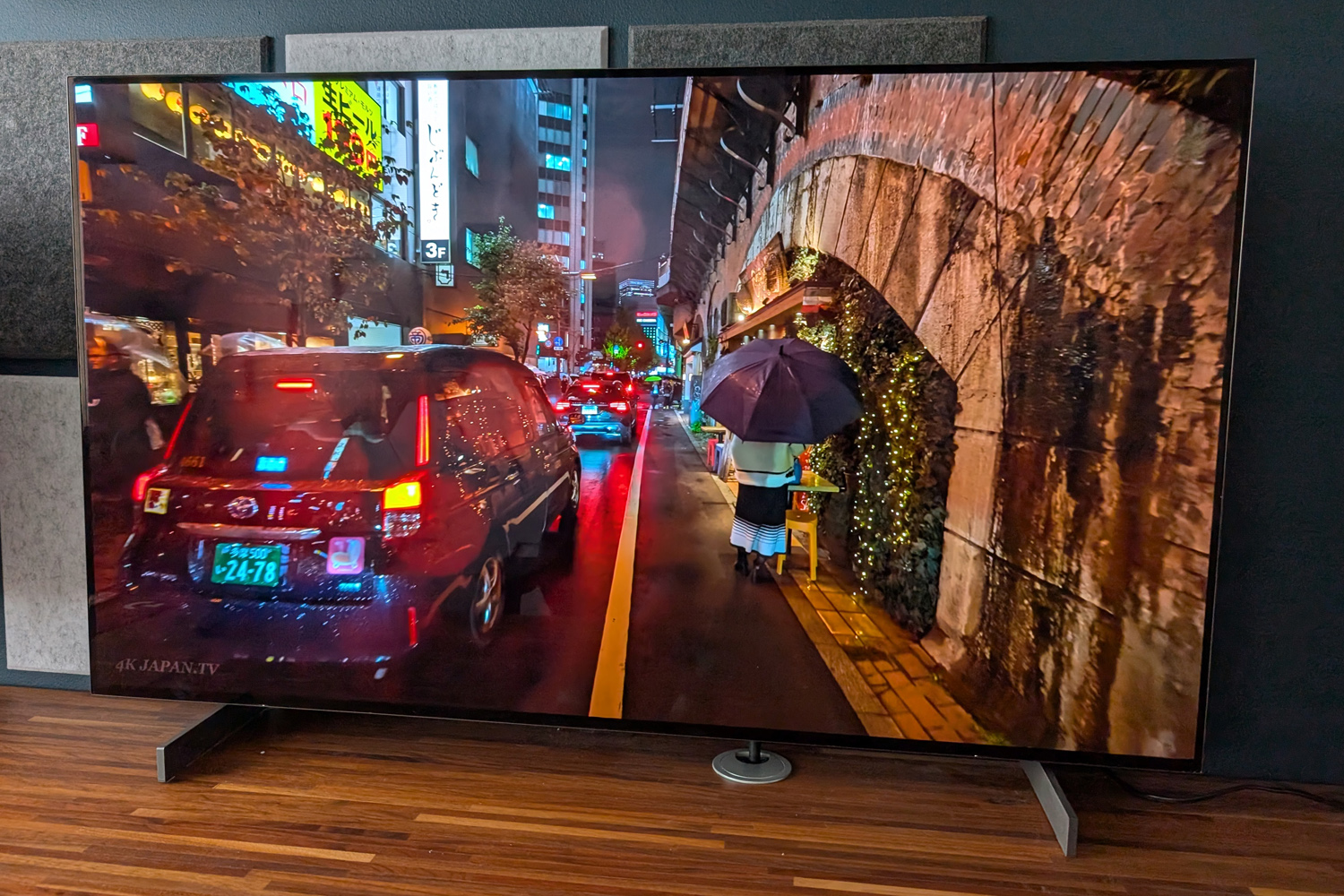
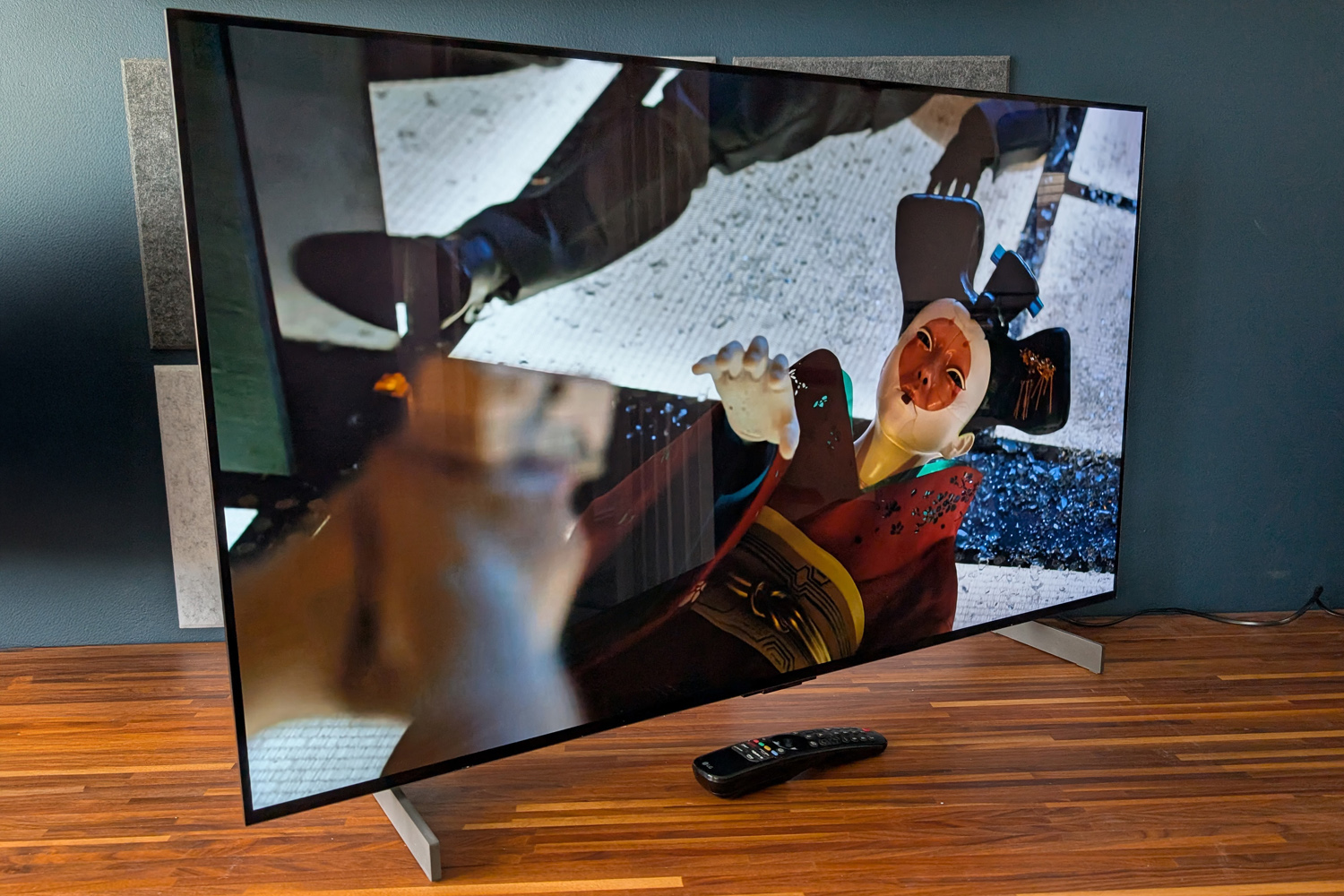
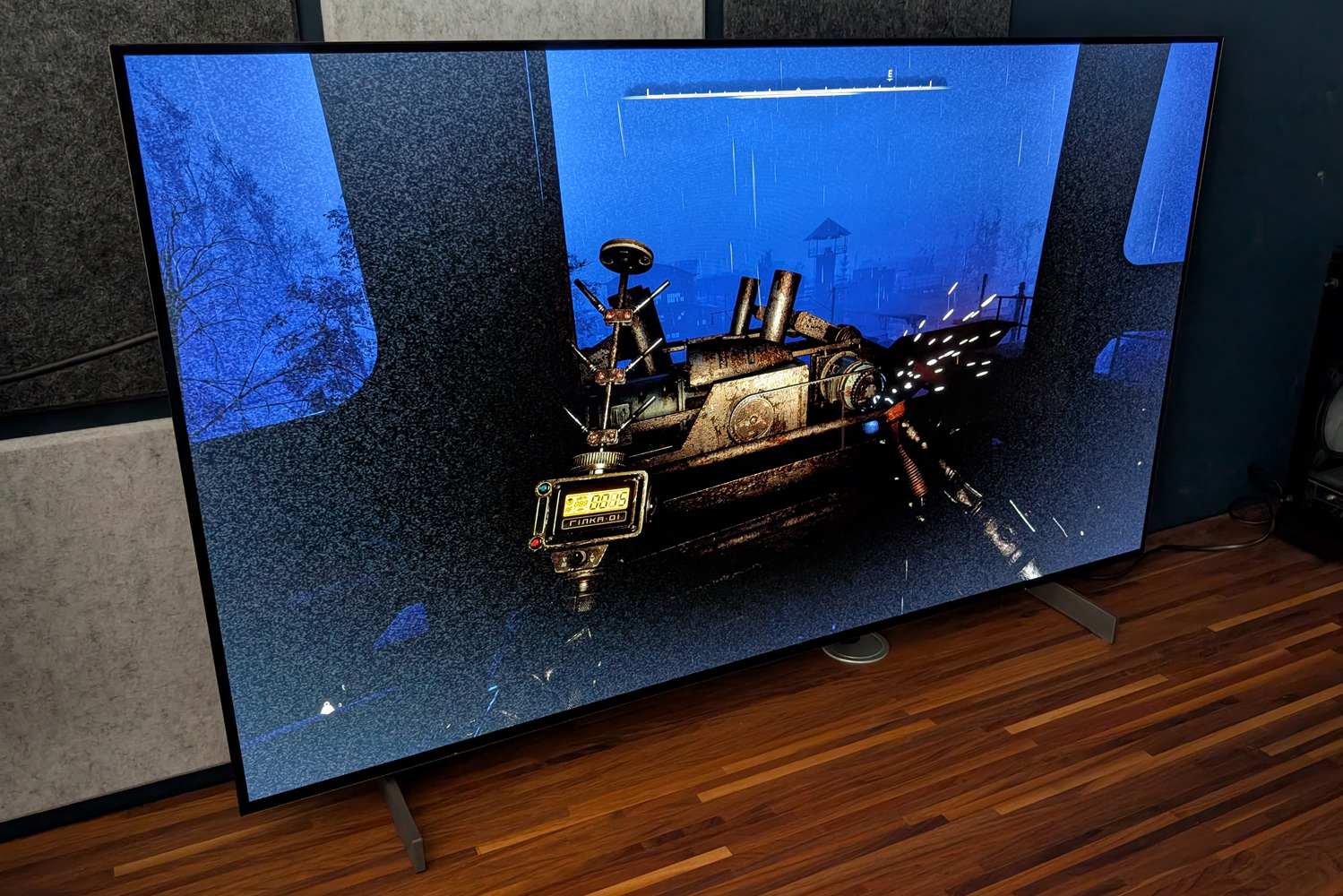
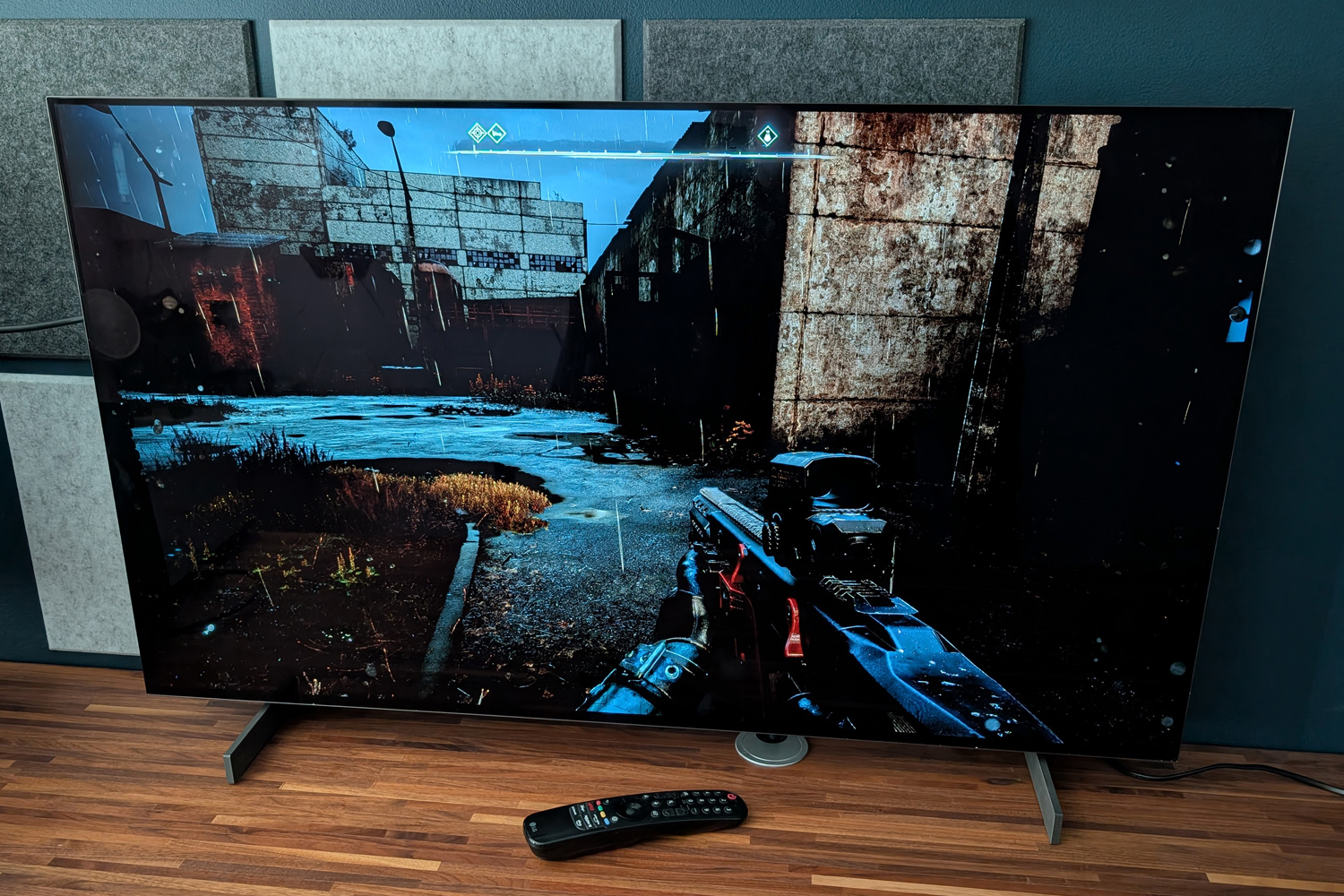
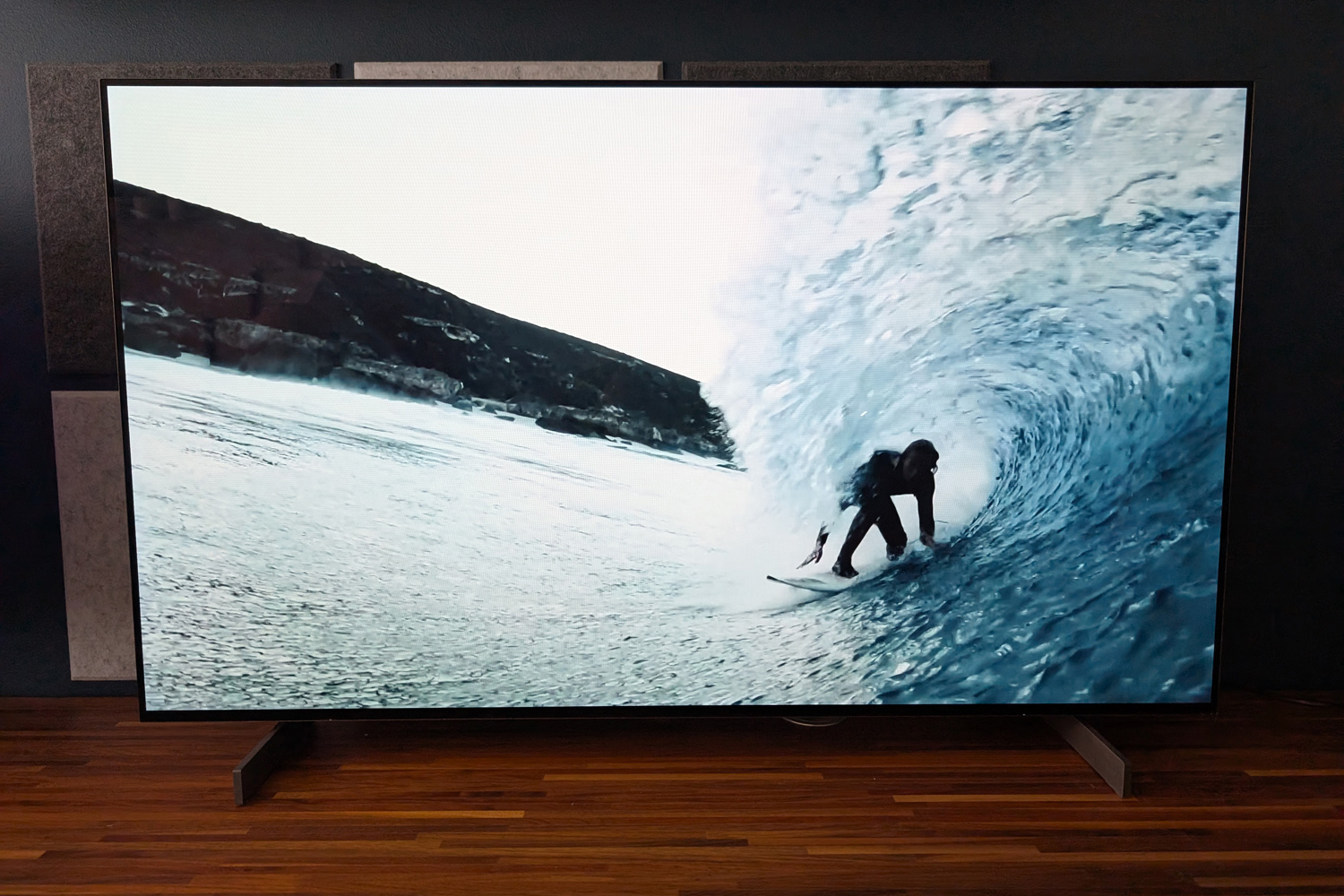
Another C-series generation has come without LG’s micro lens array (MLA) tech migrating downwards from its higher tier OLEDs, and there’s no brightness-boosting heatsink at the rear either. But that doesn’t mean the C4 hasn’t made any gains. The panel shines brighter than the outgoing C3, which helped all content types stand out better when watching in a well-lit room.
Watching the second season of Netflix’s outstanding League of Legends anime Arcane with the Dolby Vision Cinema Home preset revealed impressively bright highlights, which manage to retain detail and avoid diluting the rest of the picture’s brilliantly impactful colours. It can’t match an MLA OLED – which then falls behind mini-LED for lumens – but LG has done well to close the gap. Sony had arguably taken the lead last year, but the C4 outpaces the current A80L.
Filmmaker mode should be your go-to for movies, whether streamed or played from a 4K Blu-ray. This disables most of the extra image processing and delivers fantastically consistent and well-judged colours. These aren’t overblown or too vibrant, but still have plenty of punch when scenes call for it.
The C4 gets an upgraded version of the C3’s Alpha 9 image processor, instead of the new Alpha 11 chipset seen on the pricier G4. It brings modest picture improvements, with LG largely focusing on virtual audio upmixing and voice clarity in its pre-launch press bumf, but motion processing is one highlight. I enabled Cinematic Movement for movies and streaming shows (it’s off by default in Filmmaker mode), as it copes brilliantly with 24p judder and doesn’t introduce any noticeable visual artefacts.
Contrast is generally superb, while colour tone and warmth largely hold up in darker scenes. Shadow detail is perhaps the only minor stumble, with some rivals squeezing more out of especially low-lit content. My nighttime treks across Stalker 2: Heart of Chornobyl‘s irradiated Zone still oozed atmosphere. As mid-range OLEDs go, it generally puts in a fantastic performance.
LG C4 OLED TV verdict

With little small screen OLED competition – and the few rivals that are out there likely using LG panels – the C4 didn’t have to do a lot to maintain its place at the top of the pile. That said, last year’s model brought marginal gains over its predecessor, so there was just the slightest bit of pressure to do better for 2024.
The C4 delivers, with higher brightness and a sharper picture. It continues to have one of the best smart TV offerings around, and price-wise is amazingly competitive.
While I tested the 42in model, which doesn’t make the biggest strides in terms of colour and shadow definition, the result still bodes well for the rest of the range. Basically if you’re in the market for an OLED TV, no matter the size, the C4 is where you should start your search.
Stuff Says…
Another outstanding OLED from LG. Few rivals are as well-rounded as the C4 – or offer as many different size options.
Pros
Brighter, sharper picture raises the bar for LG’s mainstream OLED panel
Superb connectivity that’s great for gaming
Comprehensive, easy to use smart TV system
Cons
Bad stuff 1
Bad stuff 2
LG C4 OLED TV technical specifications
| Screen sizes | 42in (version tested) 48, 55,65, 77, 83in |
| Resolution | 3840×2160, 120Hz |
| HDR formats | Dolby Vision, HDR10, HLG |
| Inputs | 4x HDMI 2.1, 3x USB, digital optical audio, CI slot, Ethernet Wi-Fi, Bluetooth |
| Smart TV OS | WebOS |
| Dimensions | 932x540x41mm, 9.8kg (panel only) 932x577x170mm, 10.1kg (with stand) |


